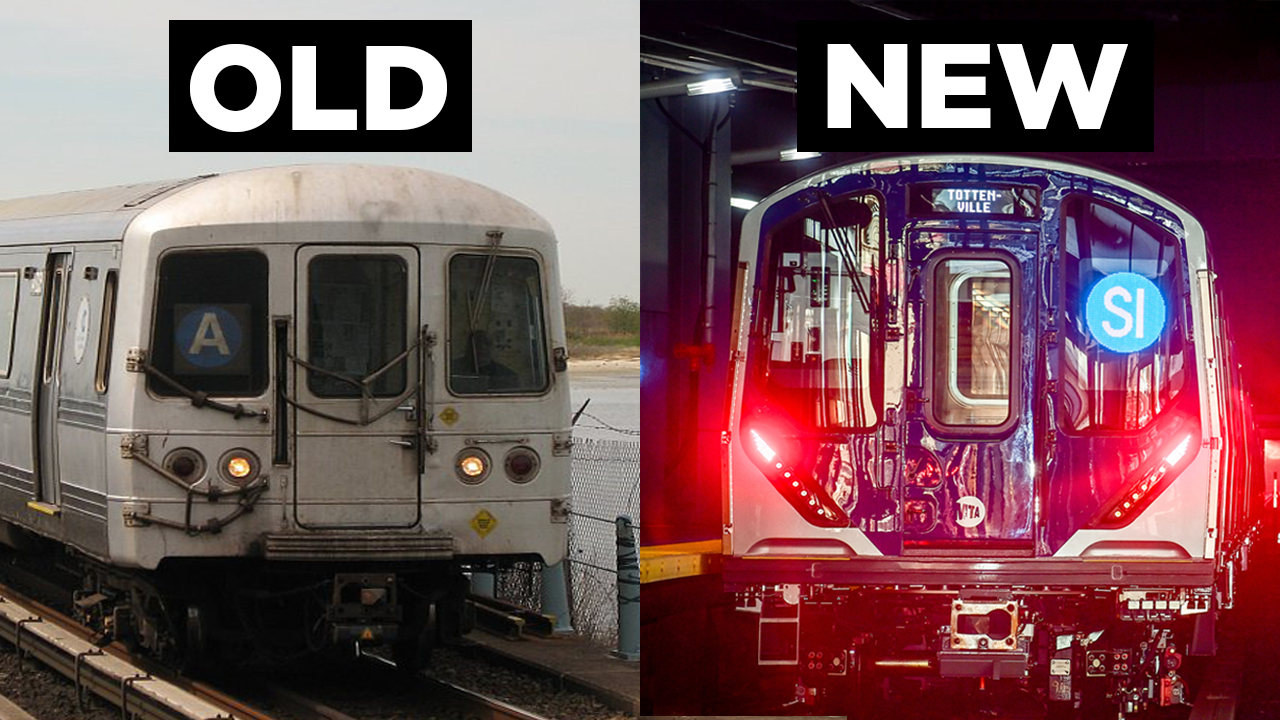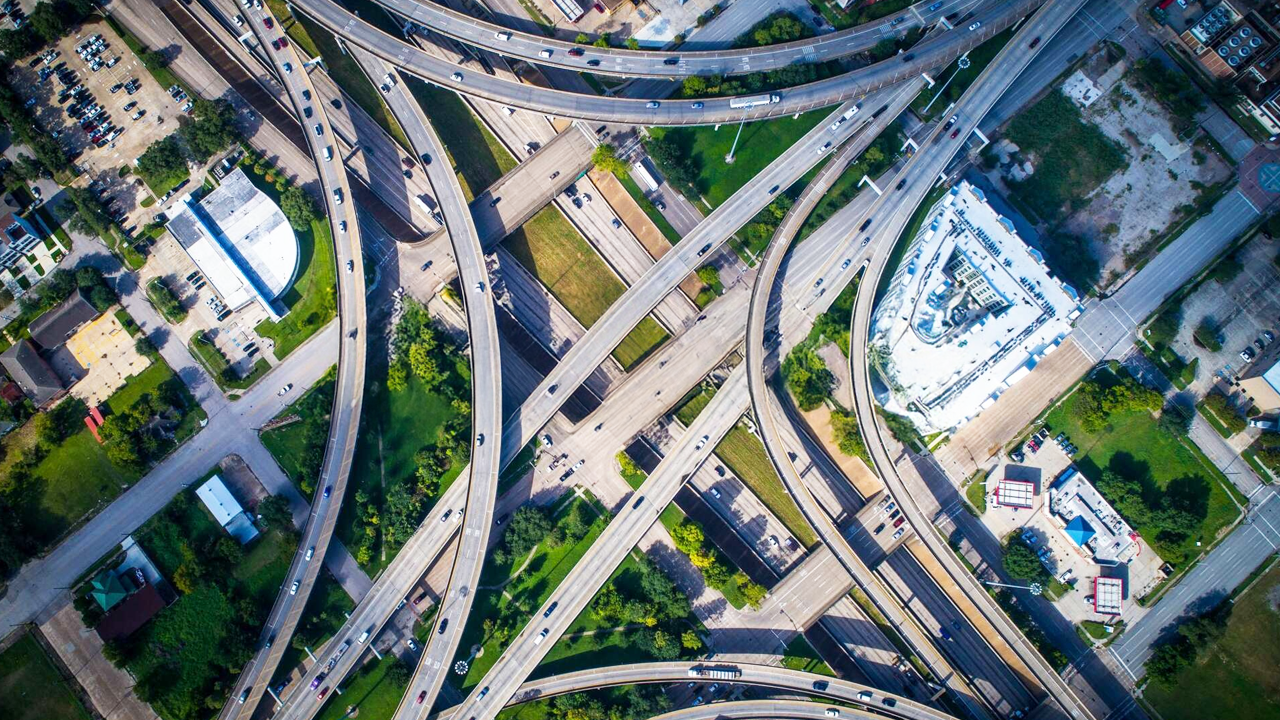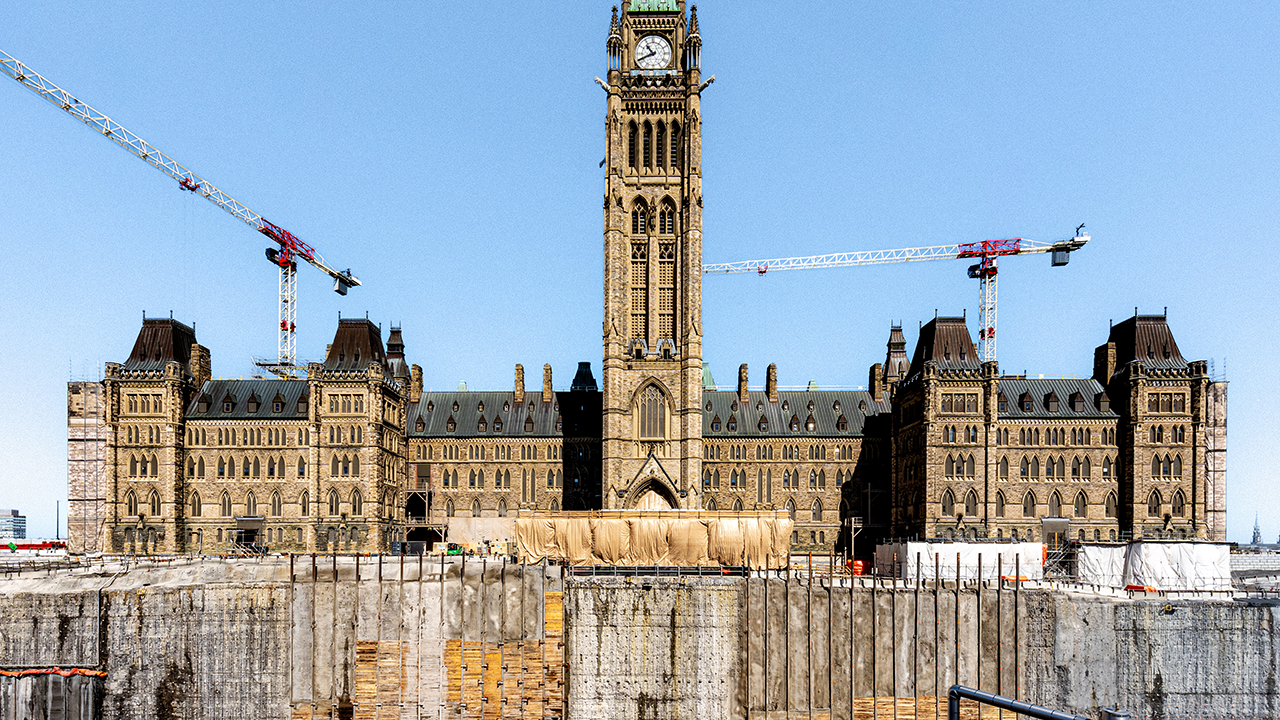The Top 5 Construction Tech Trends to Watch in 2024
- Youtube Views 7,249 VIDEO VIEWS
The video and article contain paid promotion for Bluebeam.
IT'S 2024 and we're officially living in the future.
The many challenges facing construction have created fertile ground for innovation and all kinds of new (and not so new) ideas from pioneers, tech-firms and their backers on how technology could help solve the industry's problems.
Construction's skilled labour shortage and long-running struggle for improved productivity creates a dynamic where AI, automation and robotics are emerging as potential solutions to help fill the gap.
Many recognise and know from first-hand experience that the need to build more efficiently and to a higher standard can only be solved by technology, and our planet's climate emergency is putting pressure on the sector to decarbonise - we can only do that with technology that helps us measure our impact.
It all adds up to create an incredibly fast-moving, exciting and unchartered time for the world's greatest industry. In no particular order, these are the top five construction tech trends to keep your eyes on in 2024.
1. Artificial Intelligence
The last 12 months has seen artificial intelligence (AI) begin to influence countless walks of life as regulations race to catch-up, but if you thought it was only good for giving the Pope a makeover, think again.
The technology is now shaking up the architecture and construction sectors too. In a development that’s seemingly loved and loathed in equal measure, a huge array of AI-generated designs are beginning to appear, produced anyone and everyone from qualified architects to digital artists and amateurs.

Above: AI generated building designs began to proliferate in 2023. Image courtesy of Sarah Asif.
There's even been an admission from Zaha Hadid Architects that the practice is using the technology in the early design and brainstorming stages for some of its projects.
Software like DALL-E 2 and Midjourney is being deployed early in the design process to generate ideas, with some being developed into 3D models.
AI has appeared in "predictive design" tools for some years now and has uses in engineering, creating algorithms that can optimise structures. China's Shanghai Tower used machine learning in its finite element modelling to create the most efficient design possible.
This fast-moving area is likely to move quickly again in 2024, bringing benefits, fresh challenges and a hefty dose of debate to the industry.
2. Digital Collaboration
The growth of digital collaboration tools like Bluebeam Revu, Cloud and Studio will continue to make construction a more connected industry in 2024.
Keeping up with progress on a work site used to be a messy business with hundreds of printed drawings distributed among teams each time changes were made.
Products like those available from Bluebeam create an efficient single source of truth where the same document is shared via the cloud all the way from the architect’s office to the construction crews on the ground. That means everyone is guaranteed to be looking at the right plans and technical sheets, with markups and new versions.
In age where teams are spread across multiple projects, and where remote or at least hybrid working have remained the norm, digital collaboration tools like this are proving essential.

Above: Digital collaboration tools like those available from Bluebeam are helping connect the industry. Image courtesy of Bluebeam.
It’s the kind of functionality that’s easy to take for granted, but Bluebeam is helping to set a new standard for the industry: a standard that could prove to be the sector's very foundation in 2024.
3. 3D Printing
It might not be the newest technology on this list, but 3D printing could finally have found its place in the construction industry’s toolbox in 2024.
One potent piece of proof in the pudding comes in the form of 3D printing company ICON which began construction on 100 new homes in Texas during in 2023 and has plans to go further.
On average, it takes about two weeks to print the shell of a house with windows, doors and roofing being added afterwards.
![]()
Above: ICON's tech preparing to 3D print on the moon as part of NASA's Project Artemis. Image courtesy of ICON.
Recent studies have found that 3D printing could be 25.4% cheaper than traditional methods, and with the cost of labour and materials soaring, savings like that are beginning to make 3D printing a more viable option.
But that's not the only reason this tech is skyrocketing. ICON has been chosen to build habitats on the moon for NASA’s Project Artemis with the first units touching down by 2030.
4. Robotics
With high inflation and a skills shortage, the construction industry is under pressure to improve productivity. It's a dynamic that’s driving rapid innovation in robotics and automation, and those frontiers are only likely to expand as we head through 2024.
Modern methods of construction like offsite manufacturing allow building elements to be selected from a pre-defined kit-of-parts and pre-fabricated with high precision, in controlled conditions, before being easily installed on site, saving time and money while improving quality.
On the robotics side, Boston Dynamics’ humanoid Atlas robot could find a use in carrying heavy loads around sites and potentially surveying areas too dangerous for humans, while Hadrian X, developed by Australian firm FBR is honing its house-building capabilities.

Above: Some of the prototype Boston Dynamics Atlas robots in action at an indoor research and development sandbox in 2023. Image courtesy of Boston Dynamics.
It may all feel very futuristic and unlikely, but with construction's skills crisis coming to a head in the next few years (some 41% of the current construction workforce is due to retire by 2041) the prospect of some work elements being automated with robotics is almost inevitable.
5. Digital Twins
Last, but by no means least, is a technology that could help with the most urgent problem of our age: the climate emergency.
The built environment accounts for 40% of all carbon emissions. So to combat climate change, we need to make sure our buildings are constructed and operated as efficiently as possible - and that's where digital twin technology comes in.

Above: 51 World used Unreal Engine to create a complete digital twin of Shanghai. Image courtesy of 51 World and Epic Games.
Acting as digital mirrors of physical built assets, and populated with real-time and historic data from sensors and technology within a structure, digital twins enable us to monitor energy use and reduce waste. When that data is scaled, it can help inform decisions across entire districts, campuses or even cities.
In the UK at least, the sector seems to moving out of a hype and buzzword-laden phase of digital twin adoption into a more mature period of constructive implementation and up-skilling.
See how Bluebeam's tools can help your projects in 2024.
Keep track of all these trends and more in 2024 on The World's Best Construction Podcast:








